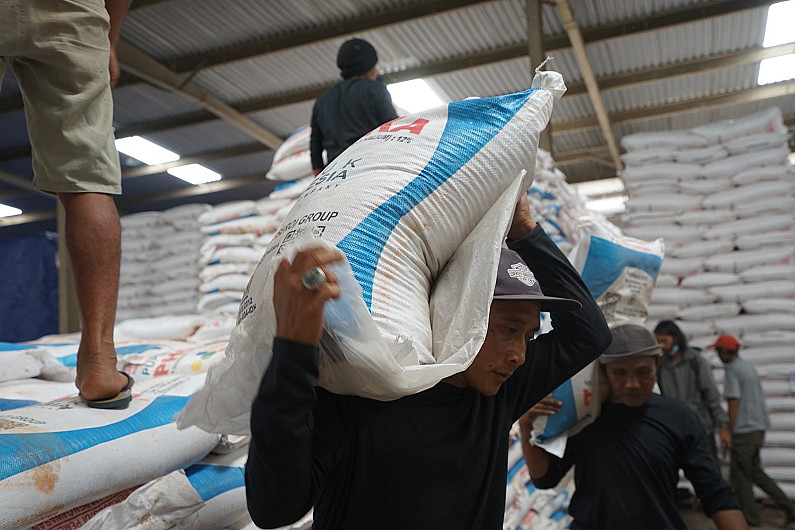In the first year of President Prabowo Subianto and Vice President Gibran Rakabuming Raka’s administration, a historic policy was introduced to lower the Highest Retail Price (HET) of subsidized fertilizer. This marks the first time the government has taken such a step, signaling a commitment to farmers and national food sustainability.
A Historic Step to Reduce Subsidized Fertilizer Prices
The government’s decision to reduce the HET on subsidized fertilizers reflects a real form of support for farmers. It aims to make fertilizers more accessible by lowering prices, thereby strengthening farmers' purchasing power.
Pupuk Indonesia’s Commitment to Farmers and Food Security
Rahmad Pribadi, President Director of PT Pupuk Indonesia (Persero), stated, “Pupuk Indonesia fully appreciates and supports the government’s historic step to reduce the HET of subsidized fertilizers as a real form of the government’s commitment to farmers. In line with the government, we always prioritize the interests of farmers as the backbone of national food security.”
The company believes this policy will positively impact agricultural productivity and strengthen food security throughout Indonesia.
Ensuring Smooth Implementation and Supply Chain Coordination
Pupuk Indonesia is coordinating with ministries and related agencies to ensure the policy is implemented correctly. Socialization efforts are underway across the distribution chain, including the Receiving Points for Handover (PPTs), to facilitate effective application of the new HET policy.
Maintaining Fertilizer Stock to Support Agricultural Productivity
As of 22 October 2025, subsidized fertilizer stock at the national level reached 1,101,807 tons, sufficient to meet demand until the end of the year. Rahmad Pribadi affirmed, “We ensure the company’s business processes continue as usual, and fertilizer supply and distribution remain secure nationwide so that this policy can be effectively implemented and provide real benefits for farmers across Indonesia.”
PHOTO: PUPUK INDONESIA
This article was created with AI assistance.
Read More






 Monday, 08-12-25
Monday, 08-12-25







